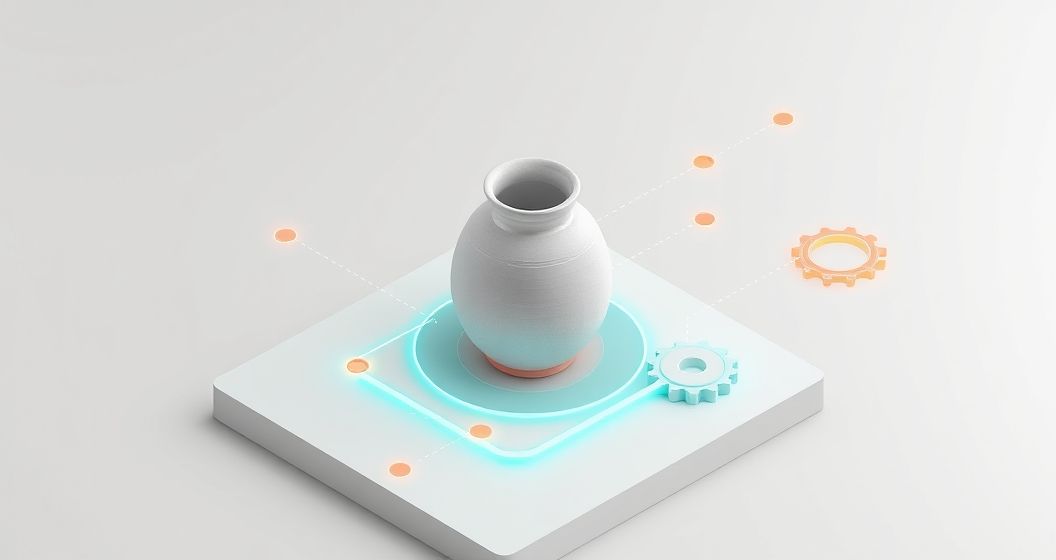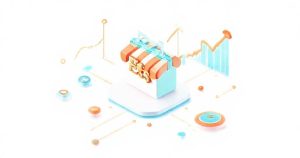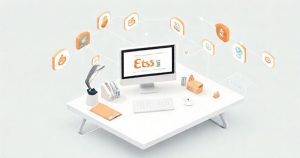As an Etsy seller, your passion lies in creating unique products. However, the path to growth is often paved with administrative tasks that consume valuable time. Managing orders, marketing, shipping, and finances can quickly become overwhelming. This is where Etsy integrations become a game-changer, acting as a bridge between your shop and powerful third-party tools designed to automate and streamline your entire business workflow, freeing you to focus on what you do best.
Why Etsy Integrations are Essential for Growth
Integrating your Etsy shop with specialized applications is not a luxury; it is a strategic necessity for scaling your business. Manual processes are prone to human error and are incredibly time-consuming. Imagine manually copying and pasting every customer’s shipping address or trying to track inventory across multiple platforms by hand. These inefficiencies create bottlenecks that limit your sales potential and can lead to poor customer experiences.
Etsy integrations solve this by creating an automated ecosystem around your store. When an order is placed, an integration can automatically send the details to your shipping software, alert your print-on-demand partner, and record the sale in your accounting ledger. This seamless flow of information minimizes errors, speeds up fulfillment, and provides you with accurate, real-time data to make informed business decisions. Ultimately, automation is the key to unlocking sustainable growth.
Key Categories of Etsy Integrations
The world of Etsy integrations is vast, with tools designed to solve nearly every challenge a seller might face. Understanding the primary categories helps you identify which areas of your business could benefit most from automation. By targeting your biggest pain points first, you can achieve the most significant impact on your efficiency and profitability.
Marketing and Promotion Tools
Expanding your reach beyond Etsy’s marketplace is crucial for building a resilient brand. Marketing integrations help you connect with customers and drive traffic directly to your listings. Email marketing platforms, for example, can integrate with your shop to automatically add new customers to your mailing list. This allows you to build a direct line of communication for announcing new products, offering exclusive discounts, and fostering long-term loyalty.
Social media schedulers are another powerful tool. Instead of manually posting on different platforms, you can use an integrated app to plan and automate your content calendar weeks in advance. This ensures a consistent online presence, which is vital for brand visibility. These tools often provide analytics, helping you understand which posts are driving the most traffic and sales to your Etsy shop.
Streamlining Operations and Shipping
For sellers of physical products, operations and shipping are often the most time-intensive parts of the business. Etsy integrations in this category are designed to make fulfillment fast, accurate, and cost-effective. Shipping management platforms can import your order details directly from Etsy, allowing you to compare courier rates, purchase postage, and print shipping labels in bulk. This eliminates manual data entry and significantly reduces the risk of sending a package to the wrong address.
Consider a shop that sells 50 handmade candles a day. Manually creating 50 shipping labels would take hours. With an integrated tool like Pirate Ship or ShipStation, the entire process can be completed in minutes. These platforms also automatically send tracking information back to Etsy and notify the customer, enhancing the buyer experience and reducing “Where is my order?” inquiries.
Financial Management and Accounting
Understanding your numbers is fundamental to running a profitable business. Etsy integrations with accounting software like QuickBooks, Xero, or Wave automate the tedious process of bookkeeping. Instead of manually downloading sales reports and categorizing expenses, these integrations sync your sales data, fees, and other transactions directly into your accounting ledger. This provides a clear, real-time view of your shop’s financial health.
This automation is invaluable during tax season. With all your income and expenses neatly organized, calculating your tax liability becomes a straightforward process rather than a stressful scramble. It ensures accuracy and helps you identify opportunities to increase profitability by tracking costs for materials, marketing, and fees more effectively. Proper financial tracking is the foundation of a scalable business model.
Design and Production Automation
The rise of print-on-demand (POD) has revolutionized the Etsy marketplace, and it is powered entirely by integrations. Services like Printful and Printify connect directly to your Etsy shop, allowing you to sell custom-designed products like t-shirts, mugs, and posters without holding any physical inventory. When a customer places an order for a POD item in your shop, the integration automatically sends the order to your production partner.
They then print, pack, and ship the product directly to your customer under your brand. For example, you might list a custom graphic t-shirt for $28. When an order comes in, your POD partner automatically charges you their base cost—say, $16 for the shirt and shipping—and handles the rest. Your profit of $12 (before Etsy fees) is earned with zero involvement in the physical production or shipping, making it an incredibly scalable business model.
How to Choose the Right Tools for Your Etsy Shop
Selecting the right Etsy integrations requires a strategic approach. The goal is not to use as many tools as possible, but to choose the ones that solve your most significant challenges. Start by identifying your biggest bottleneck. Are you spending too much time on shipping? Is marketing your weak point? Answering this question will guide your search. Next, consider your budget. Many integrations offer free tiers or trials, allowing you to test their functionality before committing to a paid plan.
Always check for official compatibility and read user reviews from other Etsy sellers. A tool that works perfectly for one shop may not be the right fit for another. Look for integrations that are well-supported, easy to use, and have a proven track record. Start by integrating one new tool at a time. This allows you to learn its features thoroughly and measure its impact on your business before adding more complexity to your workflow.
The Hidden Path to Etsy Success
Building a thriving Etsy business is about more than just craftsmanship and creativity. It’s about building efficient systems that can support your growth. Etsy integrations are the building blocks of these systems. By automating the repetitive and time-consuming tasks, you reclaim your most valuable asset: your time. This allows you to invest your energy back into product development, customer engagement, and the creative vision that inspired you to start your shop in the first place. Smart automation is not just a convenience; it’s the engine of scale and the quiet partner in your success story.






